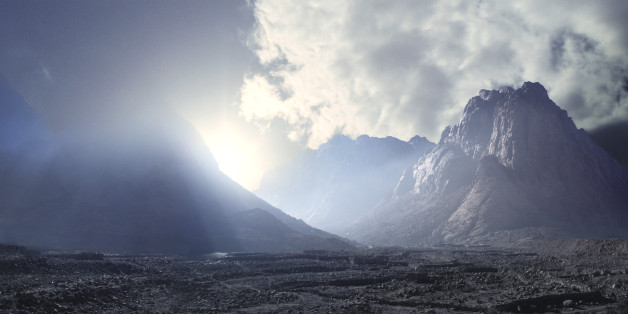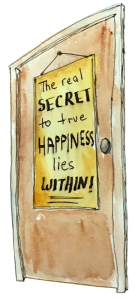I was raised Catholic by a Catholic mother and a Lutheran father and lived in a community where I had a lot of Jewish friends. That was my world view as far as religion was concerned: Catholic, Protestant and Jewish until my mother gave me a book one Christmas — about the world’s great religions — that opened my mind up to a world beyond my immediate circumstances.
I was taught that one of the motivations for being “good” was that when you died, you would go either to Heaven, Hell or Purgatory. Those who went to Heaven would be with God, those in Hell spend eternity with the Devil and the in-between cases, who needed some more purification before going to Heaven, would go to Purgatory. My mind as a child accepted the logic of that as abstract as it was.
It was Limbo that bothered me because those who were not baptized in a Christian faith were considered to have not had the stain of original sin removed from their souls and would therefore spend eternity in Limbo with no chance of ascending to Heaven. I remember being deeply bothered by this because it meant that none of my Jewish friends or their families could ever, ever be with God. That made me very sad, and while I never told them so, I felt very sorry for them. I imagined Limbo to be somewhere up in the clouds and filled with hammocks that inhabitants occupied for eternity — which certainly seemed better than Hell, but hopeless.
This was the only teaching I ever had on the subject of what happens to us when we die until my 30s when Buddhist teachings about life and death started showing up in bookstores. Instinctively, I resonated with the concept of reincarnation and our essential identity as souls. I began to develop an eclectic spirituality as I awakened a sense of the truth that lived within me. In the process, I stopped practicing Catholicism and found a different path of spiritual nurturance.
I confess to being outraged when I read a tiny news item in 2007 claiming that the Roman Catholic Church eliminated the concept of Limbo because it “reflected an unduly restrictive view of salvation.” What? What about all those souls hanging out in hammocks for all these centuries? What happened to them? Was there a relocation program? Or were they never there in the first place? How do you erase a concept that you have preached as truth to millions of people without so much as an apology for messing with our worldview all these years? Why was this taught in the first place? What other parts of the Catholic Church’s interpretive doctrine or that of other religious organizations should people be careful about blindly accepting? It’s not as with science where a newly discovered fact negates a previous theory about the world we live in.
For me, this raises a critically important issue for all believers of all religious and spiritual traditions. On the one hand, I think that leaders of any religious/spiritual tradition should hold themselves accountable for clearly distinguishing between fact and leaps of faith. There should be a warning label or blanket disclaimer that simply states, “this is what we believe to be true.” I think personal discernment should be encouraged rather than shunned as indicating a lack of faith. On the other hand, I believe that ultimately each of us must wrestle with our own inner awakening of what we believe to be truth — not because someone else told us so, but because we have taken it upon ourselves to find and embrace a deeper sense of meaning regarding matters of God and the meaning of life and death. It’s easy to unconsciously and blindly follow teachings presented by others — especially when we are children and our parents — our Gods — tell us what is true. But eventually, it is our personal responsibility to take over authority for what we choose to follow as truth. In the realms of religion and spirituality, many of us are innocent babes in the wood. We deserve to be guided with the utmost care.
If you would like to know more about me and my work, please explore my website here.
Also, if you know anyone who might get value from this article please email or retweet it or share it on Facebook.






